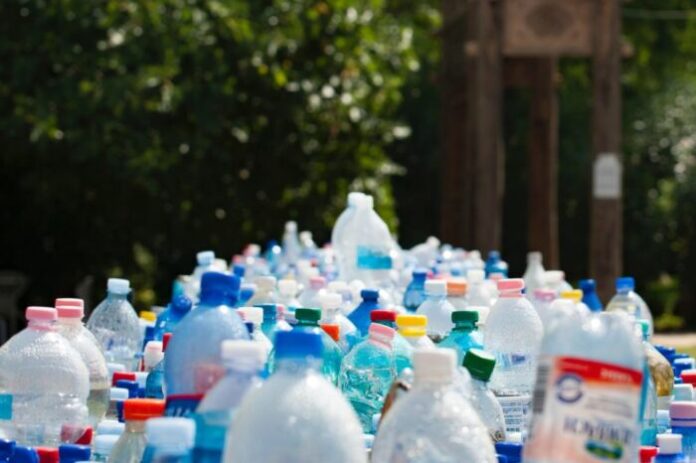
Plastic bags, bottles, other packaging that has been thrown away and pollutants have been converted into hydrogen, a source of clean energy, using microwaves and an easily available catalyst. The work, led by an international team led by English scientists, opens up new important scenarios for solving the terrible environmental problem of plastic waste.
Plastic waste can already be converted to hydrogen using other methods, and commercial facilities are being developed to transform the plastic. However, a new approach holds the promise of being quicker and less energy-intensive.
Peter Edwards at the University of Oxford says he and his colleagues wanted to “confront the grim reality” of plastic waste, with the UK alone producing 1.5 million tonnes each year. As the density of hydrogen in plastic bags is about 14 per cent by weight, plastic offers a possible new source for countries eyeing cleanly produced hydrogen to tackle climate change.
Most existing approaches involve first using very high temperatures of more than 750°C to decompose plastic into syngas, a mixture of hydrogen and carbon monoxide, and then using a second step to separate out the hydrogen.
Edwards and his team instead broke the plastic into small pieces with a kitchen blender and mixed it with a catalyst of iron oxide and aluminium oxide. When blasted with a microwave generator at 1000 watts, the catalyst created hot spots in the plastic and stripped out the hydrogen – recovering 97 per cent of the gas in the plastic within seconds.
The solid material left over was almost exclusively carbon nanotubes. The single-step approach has the advantage of just heating the catalyst, not all of the plastic, resulting in less energy use, as the plastic does not absorb microwaves.
The results hold out “an attractive potential solution for plastic waste”, says Edwards. Although only done at a small scale, using about 300 grams of plastic for each test, larger experiments are already being planned.



































